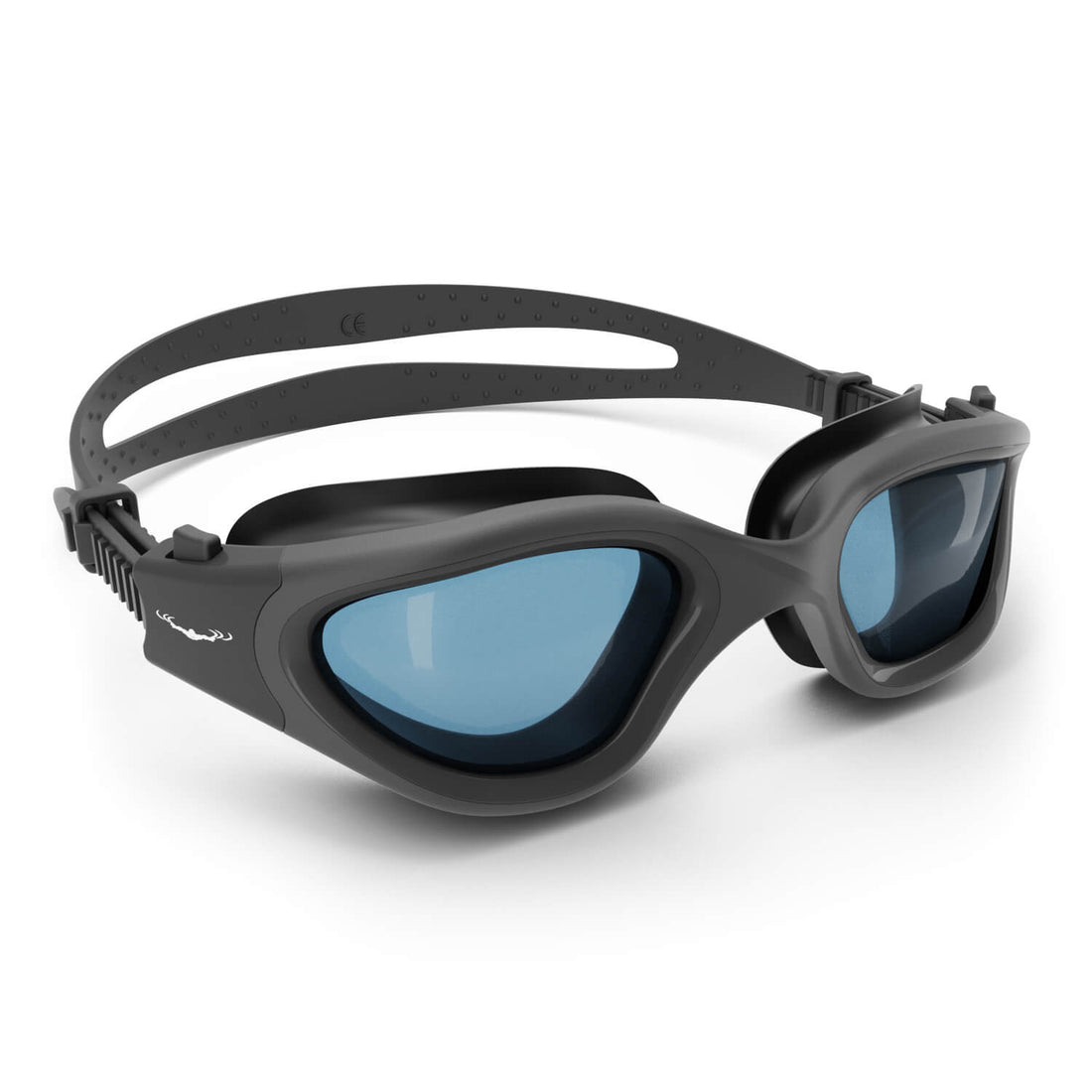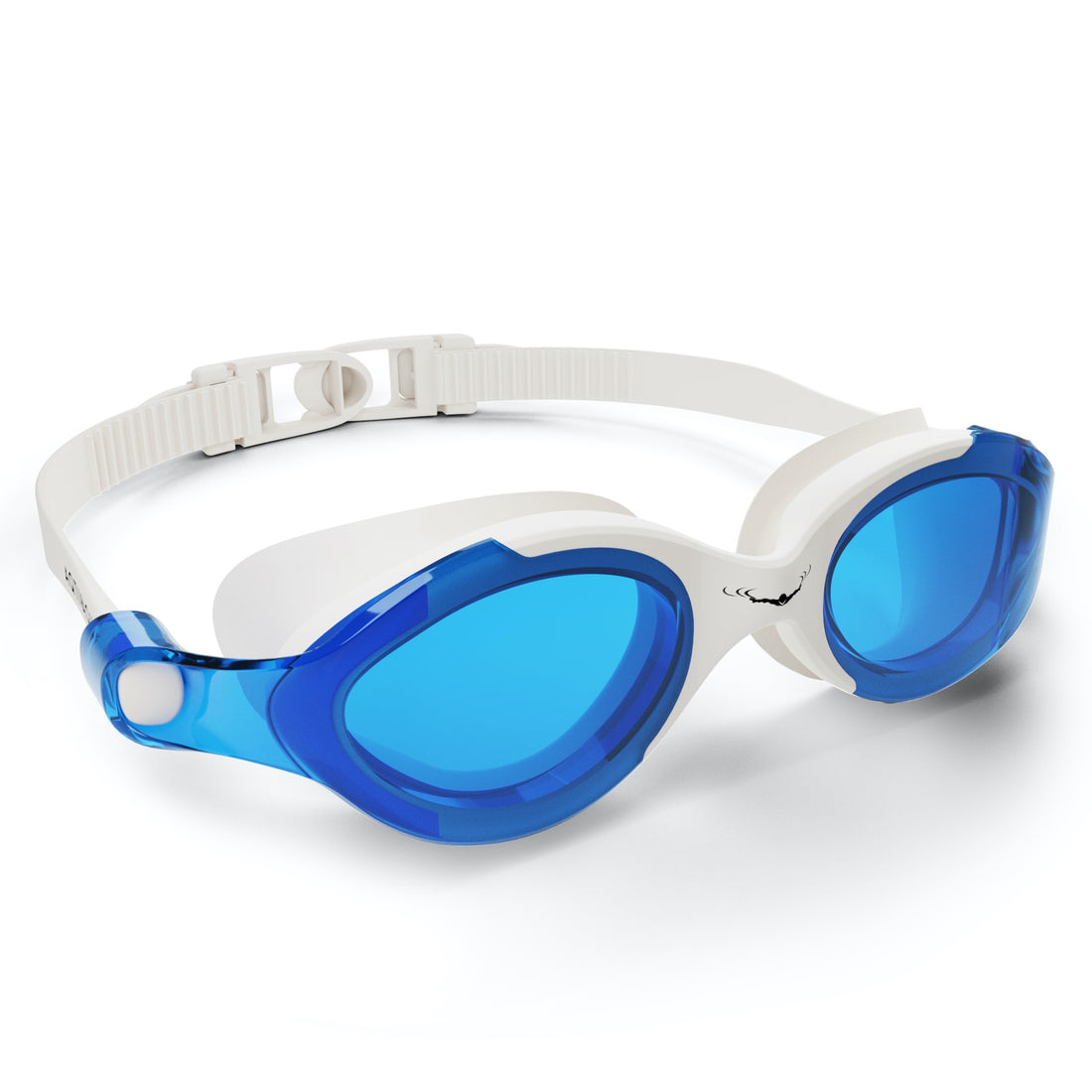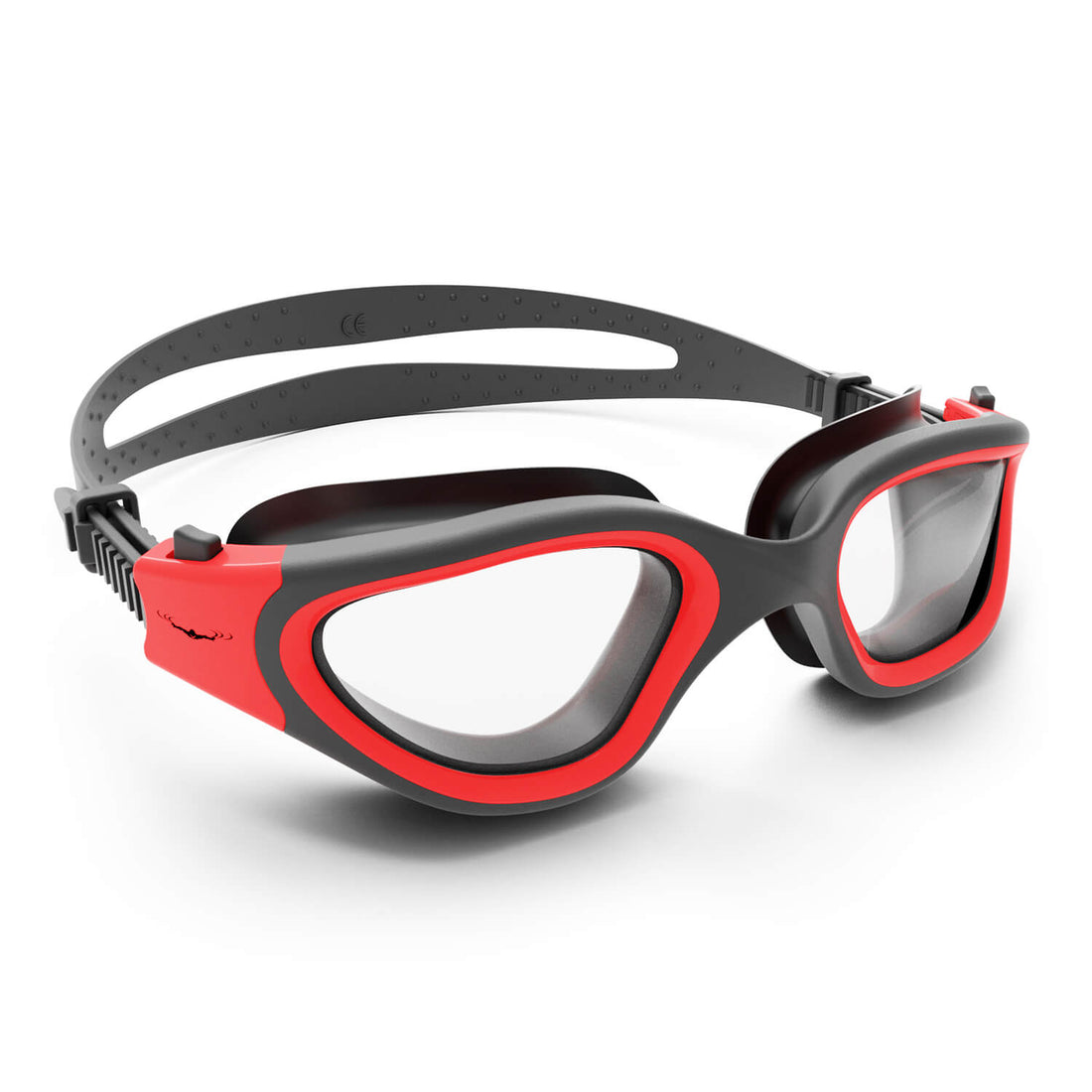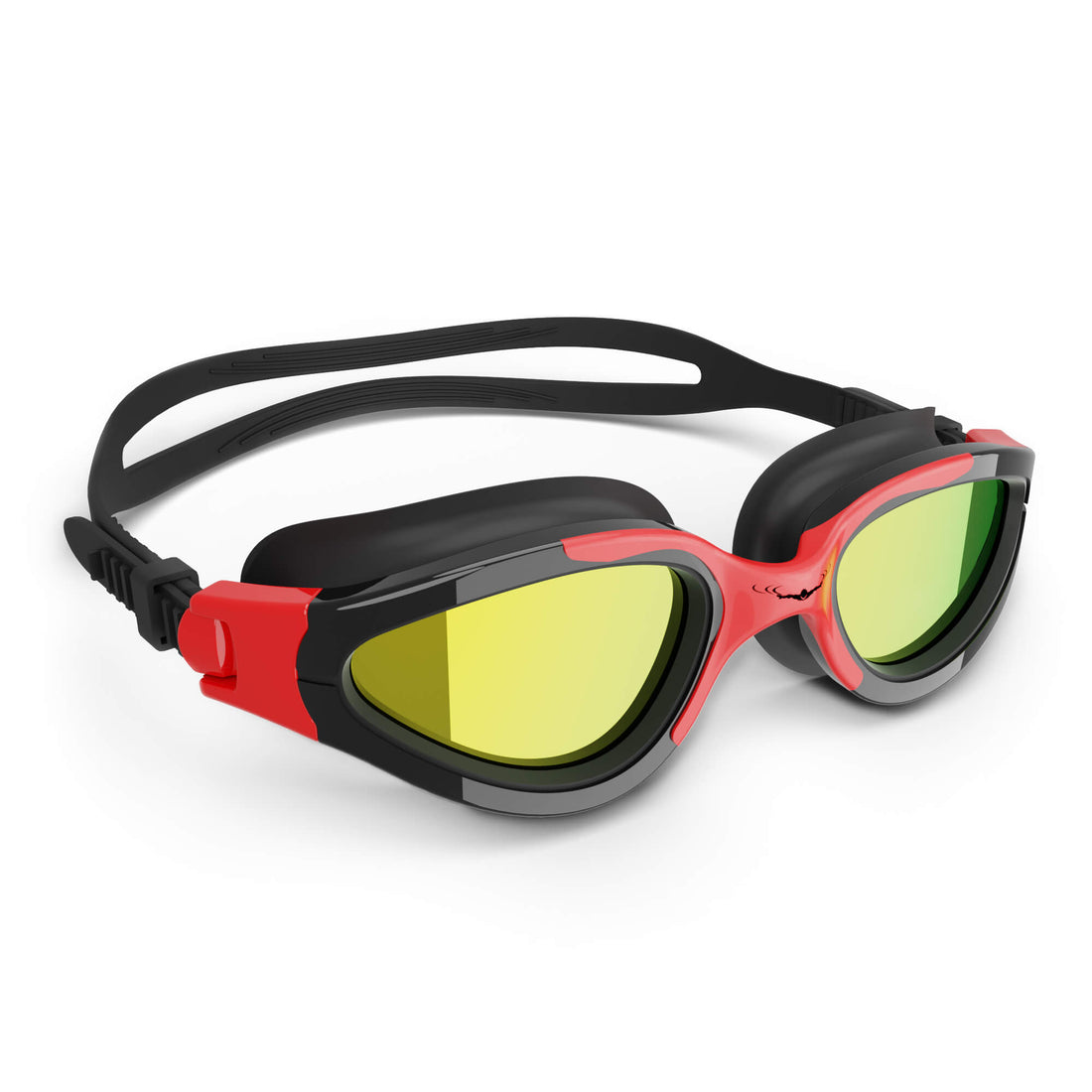Swimming is not only a refreshing way to cool off during the hot days, but it's also an excellent full-body workout that develops strength, endurance, and flexibility. If you're considering how to plan a swimming workout routine, you’ve come to the right place! In this comprehensive guide, we’ll help you design an effective routine that caters to your swimming goals and keeps you motivated. Whether you are a beginner wanting to improve your strokes or an advanced swimmer looking to enhance your endurance, we've got you covered!
Understanding Your Swimming Goals
Before diving into the specifics of your swimming workout routine, it's crucial to understand what you want to achieve. Your goals will dictate every aspect of your training. Here are some common swimming goals:
- Improving Technique: Focused swimming drills to enhance stroke efficiency.
- Building Endurance: Longer swimming sessions with less rest.
- Increasing Speed: Interval training to boost your pace.
- Incorporating Strength Training: Integrating workouts to build muscle strength specific to swimming.
Reflect on your objectives, and be honest with yourself about your current skills and fitness level. Setting clear goals will help guide your training and increase your chances of success.
Essential Equipment for Swimming Workouts
To get the most out of your swimming workouts, having the right equipment is essential. Here are a few items to consider:
Swimwear
Invest in a comfortable and durable swimsuit that fits well. Whether you prefer a one-piece or two-piece, make sure it allows for freedom of movement.
Swimming Headbands
Using a swimming headband can help keep your hair away from your face and reduce drag in the water, making it easier to focus on your swim. They also provide comfort and a stylish flair!
Swim Ear Bands
If you're prone to ear infections or discomfort in the water, consider using swim ear bands. They can help keep water out of your ears while swimming, ensuring a more enjoyable experience.
Goggles
A good pair of goggles is vital for your comfort and visibility underwater. Choose a pair that fits snugly around the eye area and prevents leaks.
Kickboard and Pull Buoy
Using a kickboard can help strengthen your legs, while a pull buoy can develop your upper body by promoting proper stroke technique. These tools are beneficial, especially for beginners.
Structuring Your Swimming Workout Routine
Now that you’ve identified your goals and gathered your gear, let’s outline a structure for your swimming workout routine. A well-balanced swimming session should include warm-up, main workout, and cool-down phases. Here’s a suggested breakdown:
1. Warm-Up (10-15 minutes)
Every workout should start with a warm-up to prepare your body for the activity ahead. This can include:
- Dynamic stretching: Arm circles, torso twists, and leg swings.
- Easy swim: Swim a few laps at a relaxed pace to increase circulation.
2. Main Workout (30-60 minutes)
The main workout should focus on different aspects of your swimming, depending on your goals. Here are a few workout templates:
For Technique Improvement
- 4x50 meters of drills focusing on specific strokes (freestyle, backstroke, breaststroke, or butterfly).
- 3x100 meters focusing on form while swimming.
For Endurance Building
- Warm up, then swim continuously for 15-30 minutes at a steady pace.
- Incorporate 5x200 meters with a focus on maintaining form over distance.
For Speed Enhancement
- 10-15 minutes of using swim fins to work on speed.
- 6x50 meters at maximum effort with equal time rest intervals.
For Strength Training
- Utilize a pull buoy for strength-focused laps (4x200 meters).
- Incorporate kickboard swims focusing solely on leg strength.
3. Cool Down (5-10 minutes)
End your swimming session with a cool down to gradually bring your heart rate back to normal. Consider:
- Swim 200 meters at an easy pace.
- Static stretching focusing on your arms, legs, and back muscles.
Incorporating Variety into Your Routine
To prevent monotony in your swimming workouts, it’s essential to introduce variety. Here are a few tips:
- Switch between different strokes during your main workout.
- Vary the distances and intensity of your swims each week.
- Incorporate dryland exercises (like core workouts or strength training) into your routine.
Tracking Progress and Staying Motivated
Tracking your progress can be incredibly rewarding and motivating. Consider these methods to monitor your swimming journey:
Keep a Swimming Log
Note down your workouts—distances swum, times taken, and feelings experienced. Document your progress so you can celebrate improvements.
Set Short-Term Goals
In addition to your broader goals, set smaller, achievable milestones that keep you motivated. Whether it’s swimming a certain distance without stopping or improving your lap time, these little victories matter!
Find a Swimming Buddy
Working out with a friend can keep you accountable and make swimming more enjoyable! You can encourage each other, share tips, and even compete in friendly races.
Fueling Your Body for Swim Workouts
To maximize your performance in the pool, proper nutrition is crucial. Aim for a balanced diet rich in complex carbohydrates, lean proteins, healthy fats, vitamins, and minerals. Here are a few tips:
- Hydrate: Drink plenty of water before, during, and after your swim.
- Pre-Swim Snack: Have a small snack that combines carbs and protein (like a banana with peanut butter).
- Post-Swim Meal: Refuel your body with a decent meal that includes protein and whole grains to help in recovery.
Embracing a Swimming Lifestyle
Your swimming workout routine is just one part of a swimming lifestyle. Consider how you can incorporate swimming as a regular aspect of your life. Join a local swim club or community for classes, or attend open swim sessions in your area. Integrating swimming into your weekly activities will not only enhance your fitness but also create opportunities for social interaction and fun! You might even make friends with others who share your passion for water sports.
With the right mindset and a well-structured plan, swimming can become a fulfilling part of your routine—one that you'll look forward to maintaining over the long haul. So grab your swimming headband, put on your swim ear bands, and get ready to make waves in your fitness journey!










